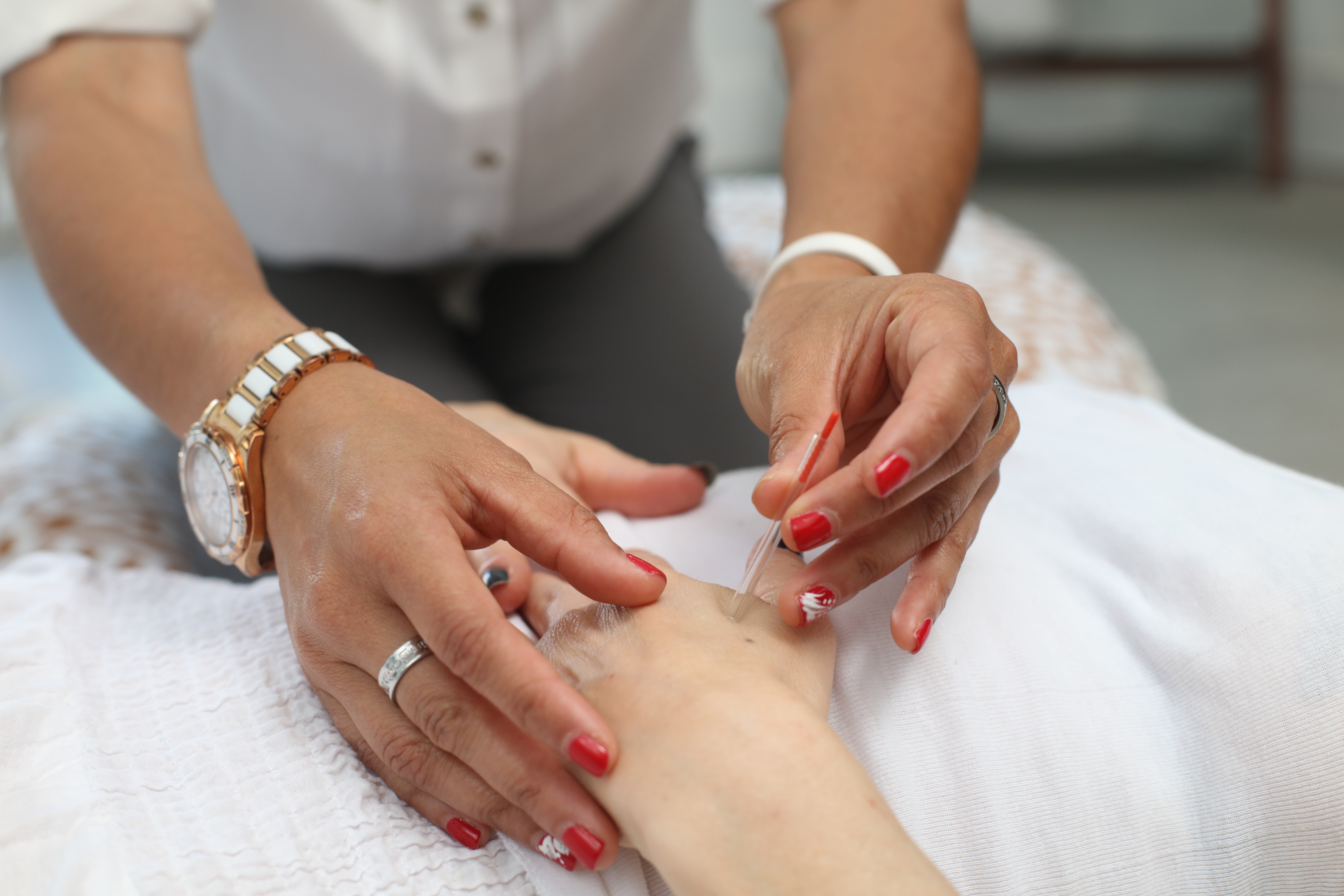The market for non-opioid pain treatment options is increasing, according to recent data.
The most recent Global Non-Opioid Pain Relief Device Research Report indicated the market should “grow from $13.8 billion in 2019 to $31.8 billion by 2024 at a compound annual growth rate (CAGR) of 18.3% for the period of 2019-2024.” The report includes non-opioid market trends and detailed data such as current technologies, key trends and market drivers, challenges and opportunities, standardization, models, operator case studies, a future roadmap and other valuable information.
Opioid alternatives include acetaminophen (Tylenol), anti-inflammatory Drugs (NSAIDs) such as aspirin, ibuprofen (Advil, Motrin), naproxen (Aleve), nerve blockers, medicated topicals, mental health medications such as antidepressants and SSRIs, and alternative medicines like acupuncture. These can alleviate mild to moderate pain without the potentially devastating side effects associated with addictive treatment options.

For acute pain, non-opioid drugs work well as a first line treatment and are available in over-the-counter and via a prescription. And, “More patients are using acupuncture, physical therapy, massage and other pain-management alternatives, although payer coverage issues remain,” Dr. Jeffrey Gudin, a senior medical advisor for Quest and a pain management specialist at Englewood Hospital and Medical Center in New Jersey.
Back pain specialist Dr. Albert Rielly, an internist affiliated with Cambridge Health Alliance and Massachusetts General Hospital, said, “Things have improved. I do see what the research is showing and there has been a lot less opioids prescribed for pain and a lot of other non-opioid pharmacological treatments.”
However, the high cost of patented brand name drugs and use of opioids in underdeveloped and developing countries has limited the market. Rielly added, “We’re still trying to find out how effective some of these treatments are, but also the timing as well.”
The non-opioid pain patch treatment market is one sector that has been on the rise. In February 2018, Tremeau Pharmaceuticals, Inc., closed the equity raise of $5.2 million to fund non-opioid treatments for rare diseases. The global non-opioid pain patch market is expected to rise from $3,750 million in 2015 to $4,983.3 million in 2024.
“What most fail to realize is that we have a dual crisis in this country,” explained Gudin. “There is no question that people misuse substances that make them feel good, but there is also a crisis of chronic pain, of which there is no cure.” She added, “Not a day passes that a patient doesn’t shed real tears about having opioid doses tapered. Pain patients have learned if their psychiatrist gives them Valium, then they don’t tell their doctor because they won’t give them opioids.”
Dr. Georges Benjamin, executive director of the American Public Health Association, said of attempting to shift to non-opioid pain relief, “We still don’t have this issue right. We need to enhance our surveillance systems that track the drugs, utilization and health outcomes in as close to real time as possible so we can make data-driven public health decisions.”
Sources:
Global Non-Opioid Pain Relief Device Market fastest growth during the forecast period 2020-2027
Alternatives to Opioids: Medications
As Doctors Prescribe Fewer Opioids for Injured Workers, What Do They Offer Instead?
Non-opioid medication on the rise as U.S. combats opioid crisis


Join the conversation!